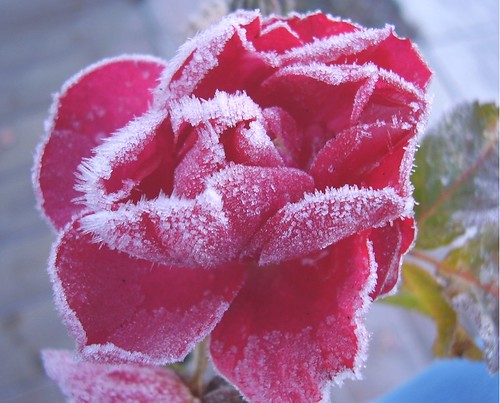
Leather perfumes have so much character, that it’s hard to believe I am having hard time writing about them. Perhaps they have too much personality? Maybe it is because they can all be summed up in one word: Leather. They are not all the same, but they all boil down to some kind of leather – suede, fur, horse saddles and tacks, and so on. Strangely, I find myself associating leather perfumes with things rather than people or emotions. Mind you, very pleasant
things, such as old books and libraries, horse saddles, shoes and shoe stores. All things that I don’t really associate with a particular emotional state or memory for the most part, just a simple pleasure of serene rainy afternoon reading an old book or near quiet horses at the stable. So perhaps leather perfumes are the scent of serenity for me, where no complex emotions are involved – just enjoying things, aka
objects?
Tabac Blond is the first leather perfume I wanted to write about. It is so original, and as it has been launched as early as 1919, it preceded most of the leather perfumes that followed in the 20th century. First whiff of Tabac Blond immediately reminded me of my old German dictionary that I found in one of my old school’s library giveaways (apparently, nobody read dictionaries at my school except for me). It had the most gorgeous gothic letters throughout, not just the cover, but also inside. I thought that having it in my private library was the most fantastic thing which would make me feel very sophisticated and worldy, not to mention help to enhance my German needed to expressively sing the romantic Lieder by Schubert and Schuman.
That was my first impression of Tabac Blond, and this is how it smells straight from the flacon. Wearing Tabac Blond is a different story altogether though. It unfolds with its rich notes, and every time I discover something different in it. The rich dark and dense notes unfurl and uncurl, open up their dark buds of smudge and resin. They do so slowly and without any attempt to compete with one another.
Tabac blond opens with the notes of old leather bound books in a monastery’s library. It’s dim-lit, and full of studying monks and dark brown robes (perhaps they are Franciscans?). The structure gives away the age, but the building is well preserved – the rocks as well as the burnished wood. As satisfying a note as this may be, it is enriched with other dark notes – starting with the rich, sweet-spicy floral eugenol of carnations, which to me, reeks of luxury. When the carnation wears off a tad, I can sense the sweet clean woody scent of vetiver, and a sweet floral note that could be the ylang ylang, but to me smells more of rose and jasmine, very subdued. The florals are there just to smooth rough corners, as there is nothing really floral about Tabac Blond. The base is a rich, balsamic, resinous mélange of patchouli, vanilla, ambery labdanum, and musk. A base that develops into something that is somewhat reminiscent of Shalimar’s dry down on my own skin…
The notes, based on the
Perfume Addicts Database, are:
 Top notes: Leather (achieved by castoreum absolute, in my opinion), Linden, Carnatnion
Top notes: Leather (achieved by castoreum absolute, in my opinion), Linden, Carnatnion
Heart notes: Iris, Vetiver, Ylang Ylang
Base notes: Cedar, Patchouli, Vanilla, Amber, Musk
As you can see, there is no tobacco here. Not in the listing and none that I can detect with my own nose. Like Narcisse Noir, the name is mostly fantasy. And so is the perfume itself!
The reference to tobacco is more likely to have more to do with the twist of history, than with tobacco itself: right after World War I, when women started to smoke more openly in public, amongst
other signs of emancipation. I can't smell the linden either, but I won't be surprised to find it there one day, when least expected. And Tabac Blond is indeed an unusual scent for a woman in its time, one that would wear pants, smoke in public, wear her hair short, and insist on having a political opinion strong enough to cast a vote. So it is not surprising that nowadays it is worn and admired by men and women alike.
If you live in North America, but not near any reputable Caron boutique that carries the urn scents, I highly recommend you contact
Diane Haksa at the Caron Boutique in New York. She can also be reached by phone on this toll-free number: 1-877-882-2766
The Caron Boutique in NYC accepts credit cards as well as personal cheques. The only draw back is if you live in Canada: you can send a Canadian cheque but you will have to have a kind family member or a buddy in the US that can accept the package and redirect it to you. My aunt in Washington DC will be hearing from me soon... (Well, she hears from me quite often anyways).
Here are the prices for the Urn scents:
7.5ml-$100
15ml-$150
25ml-$180
- Don't be alarmed by the price: these are pure parfum extrait, and are worth every penny!
Plus if you buy these you actually are supporting a classic perfume house that is not owned by LVMH and is standing up to it's unique artistic vision for the last century.
Image credits:







